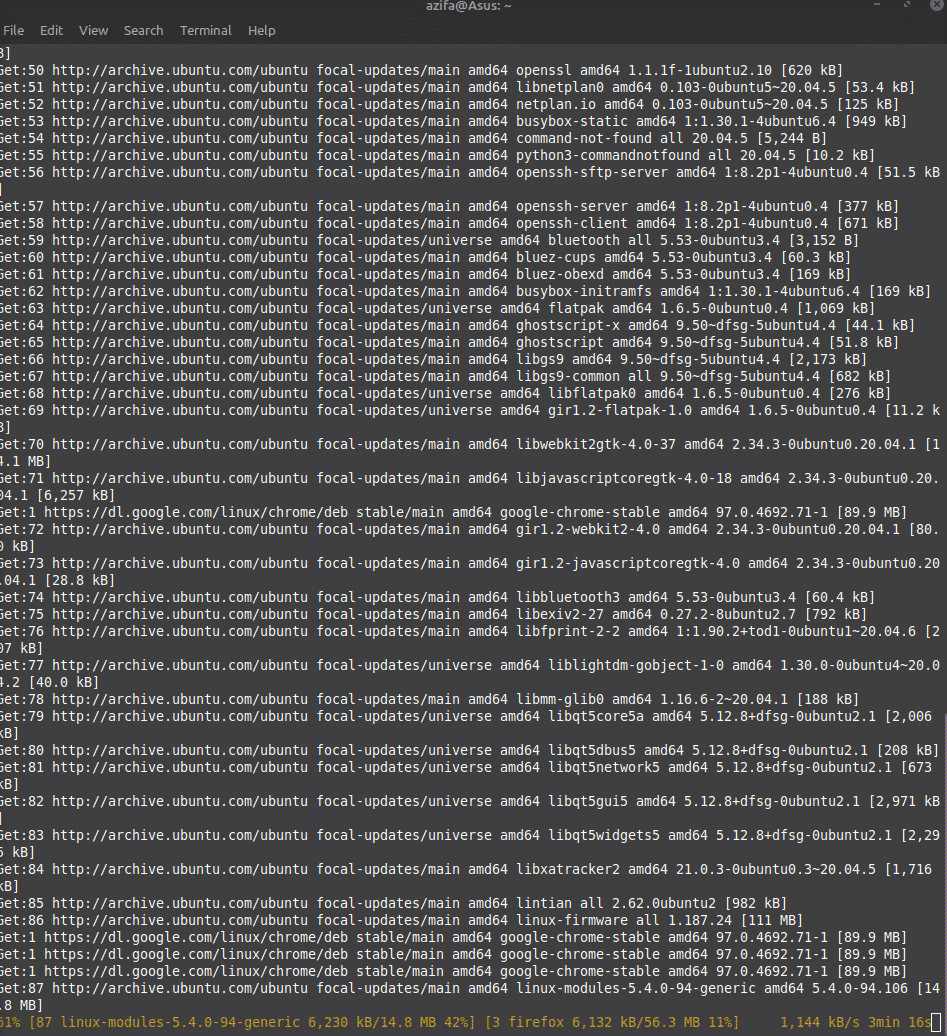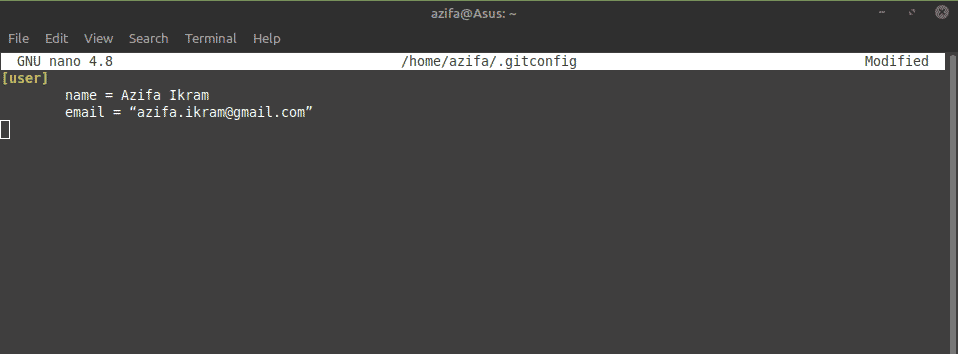Git is a free and open-source distributed version control system created to manage everything from small to massive projects with speed and efficiency. It is a software that is designed to keep track of changes in files, usually used for work collaborations among programmers developing source code during software development.
In this document, we will learn how to install Git on our system with the help of a few easy-to-follow commands. We have used Linux Mint distribution for this purpose. We will also see how to configure git so that it can interact with GitLab. GitLab is an open-source DevOps platform that allows the user to develop, secure, and operate software in a single application.
Let’s begin the process!
Installation Guide
Step 1: Update and upgrade the existing packages
We will start with updating and upgrading the packages that already exist on our system.
To update the packages, run this command with sudo:
sudo apt update
![]()
After this, all the packages will be updated. However, they still need to be upgraded. To do that, run the upgrade command with sudo as shown below:
sudo apt upgrade
![]()
This is how the terminal screen will appear after running the command:

Step 2: Install Git
Once all the packages are successfully upgraded, we will run a command to install Git.
This command will install Git:
sudo apt install git
![]()
After running the command, you will be informed that how much additional disk space will be used. It will use 38.4 MB of space. Type Y and hit enter to continue the installation process.
![]()
Step 3: Verify installation
After the installation is completed, you need to check if git is now installed on your system or not. Run the git version command to verify if git exists. This will also tell you the version number of the git you just installed on your system.
git --version
![]()
If you don’t see the above output, it means the installation didn’t happen properly. Try to reinstall it following the previous steps. Also, make sure your internet connection is fine before you try installing it again.
Configuration Guide
Now that we have verified that Git software exists on our system, let’s now configure it. We will do it using the terminal.
Step 1: Set Global Username
Following the command syntax mentioned below, set a username that will be needed while committing changes on the Git repository.
git config --global user.name "Your name"
![]()
Step 2: Set Global User Email
Next, set the user email that will also be required to commit changes on the Git repository. To do that, use this command syntax:
git config --global user.email “Your Email”
![]()
Step 3: Verify username and email
When you will run the command mentioned below, it will show you the username and email that you just set in the previous steps. Check carefully.
git config --list
![]()
![]()
In case you find an error like a spelling mistake or something else, you can correct it by editing the git configuration file.
To do that run the command below. We have used a nano editor to open the file. Once the file is open, correct the mistake and save the file.
sudo nano ~/.gitconfig
![]()

In this guide, you saw how straightforward is the installation process for Git on Linux Mint 20. The installation will take around less than 15 minutes. After this, you will be able to use git to push and pull your projects to GitLab or do whatever you like.
To see how you can configure and use Git on Debian, visit:
https://linuxways.net/debian/how-to-configure-and-use-git-on-debian/




